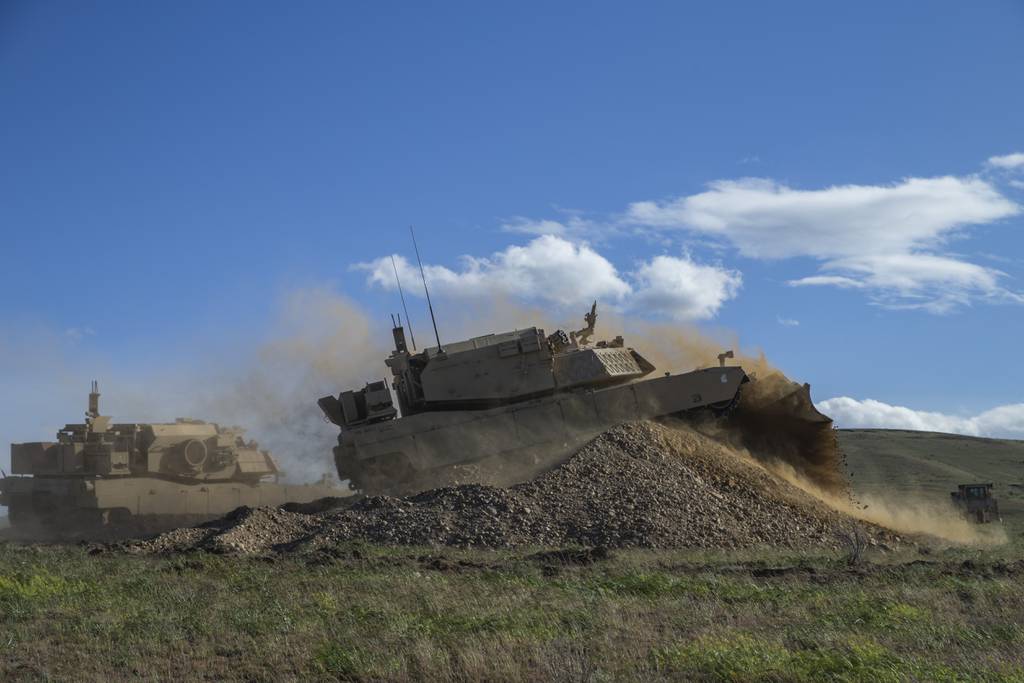[ad_1]
WASHINGTON — To best China in the increasingly competitive artificial intelligence game, the U.S. must dramatically boost its efforts to collect, label and sort mountains of data that will ultimately be used in machine-training regimens, the Pentagon’s AI czar said.
“Machine learning will not save you billets. ML will cost you billets. Why? You have to label that data,” Chief Digital and AI Officer Craig Martell said Jan. 26 at the Strategy and Warfare Center Symposium in Colorado. “If we’re going to beat China, and we have to beat China in AI, we have to find a way to label at scale. Because if we don’t label at scale, we’re not going to win.”
Systems or equipment with pattern-recognition capabilities or autonomy require significant amounts of previous exposure — clean, plentiful information upon which they were taught — to actually get the job done.
The digital lifeblood can fuel navigation and target recognition, as is expected aboard the Army’s Optionally Manned Fighting Vehicle, or OMFV, as well as maintenance predictions and improved logistics. But generating the curriculum takes resources: time, data and manpower.
RELATED
:quality(70)/cloudfront-us-east-1.images.arcpublishing.com/archetype/S5OBSEQZUJBSXN4VP3JD2V7P4Q.jpg)
Martell’s post, the CDAO, was established in December 2021 with the aim of expediting and expanding integration of AI and data analytics across the Defense Department. The office hit its first full strides months later, in June, after subsuming what were the Joint AI Center, the Defense Digital Service, Advana and the chief data officer’s role.
“They saw that those four, together, actually create what I call this hierarchy of needs for data and AI,” Martell said Thursday. “Fundamentally, at the bottom, we have to get the data right. On top of that, we have to get great analytics.”
The Pentagon has for years pursued AI as a means to more quickly make more-informed decisions and to facilitate exploration where no soldier or sailor or person, generally, would dare go.
China and Russia, premier national security threats, have as well, according to U.S. officials.
“China’s not beating us because they have access to better algorithms,” said Martell, who previously worked at Lyft and LinkedIn. “They’re just going to sit in these big rooms: ‘Tank, not tank, tank, missile, not missile,’ just actually labeling data, 10 to 12 hours a day, six days a week, getting paid nothing, because they live in an autocratic state.”
More than 685 AI projects, including several tied to major weapons systems, were underway at the Defense Department as of early 2021, according to a Government Accountability Office report.
Earlier this month, the Air Force tapped Howard University for a five-year, $90 million deal in which the school will spearhead research on tactical autonomy, including manned-unmanned teaming.
Colin Demarest is a reporter at C4ISRNET, where he covers military networks, cyber and IT. Colin previously covered the Department of Energy and its National Nuclear Security Administration — namely Cold War cleanup and nuclear weapons development — for a daily newspaper in South Carolina. Colin is also an award-winning photographer.
[ad_2]
Source link
